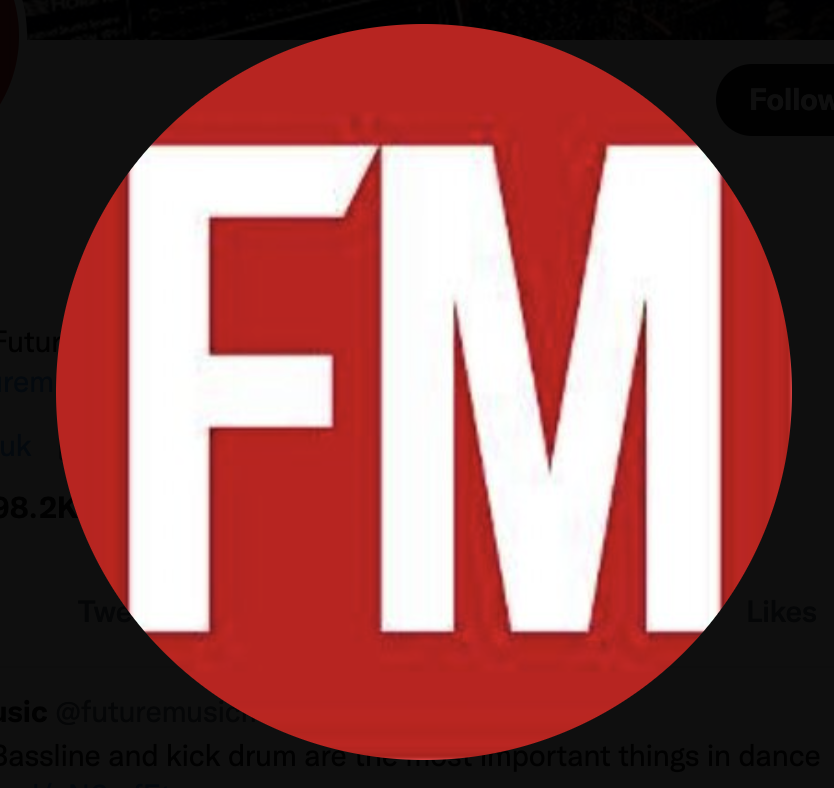How to make Calvin Harris Bounce-style synth sounds
Recreate Harris' lo-fi intro hook
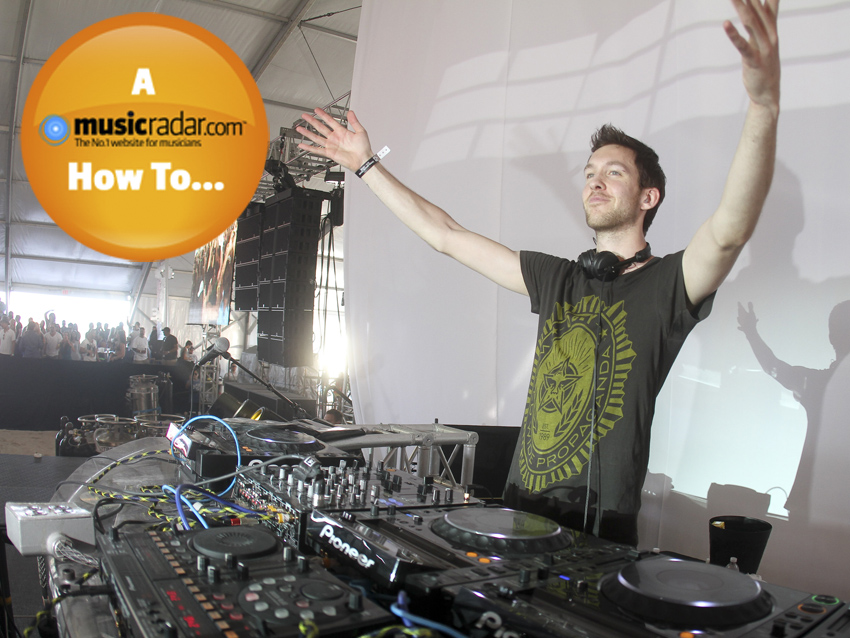
Up and down
It’s not all about high-fidelity when it comes to designing sounds for a chart-topping tune, as Calvin Harris proved with the cute-sounding lo-fi opening melody to his 128bpm dancefloor smash Bounce.
Mr Harris is emulating the legendary 4.19MHz processing Nintendo Game Boy’s 8-bit tones, first released in 1989 and running on four AA batteries.
Later in Bounce, the same lead melody completely contrasts with that intro and transforms the track, rolling into a fat, deep, rich, searing sawtooth lead. It’s these elements of light and shade that keep the listener interested, and you can borrow these ideas to spice up your own beats.
For this sound, we are using two opposing factors: a monophonic pulse-width lead that’s drenched in reverb and a completely dry square wave polyphonic lo-fi sound. Watch the video below and then check out our step-by-step tutorial.
NEXT: Making Calvin Harris Bounce-style synth sounds
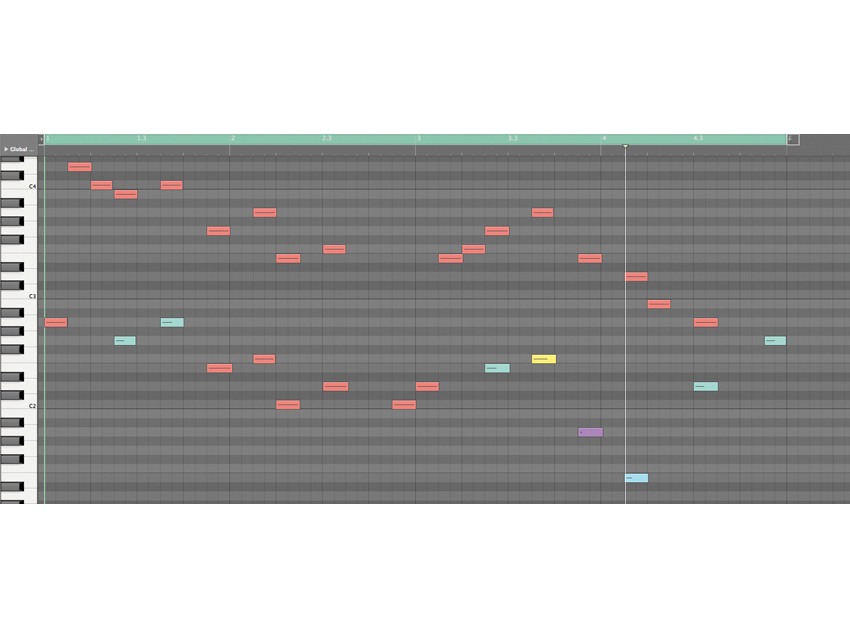
Lo-fi synth melody notes
Step 1: the melody works in two sections, the high notes and the harmonising low notes, and there’s almost a baroque feel here. The low end fills out the audio spectrum and gels with the high lead licks to make a full sound.
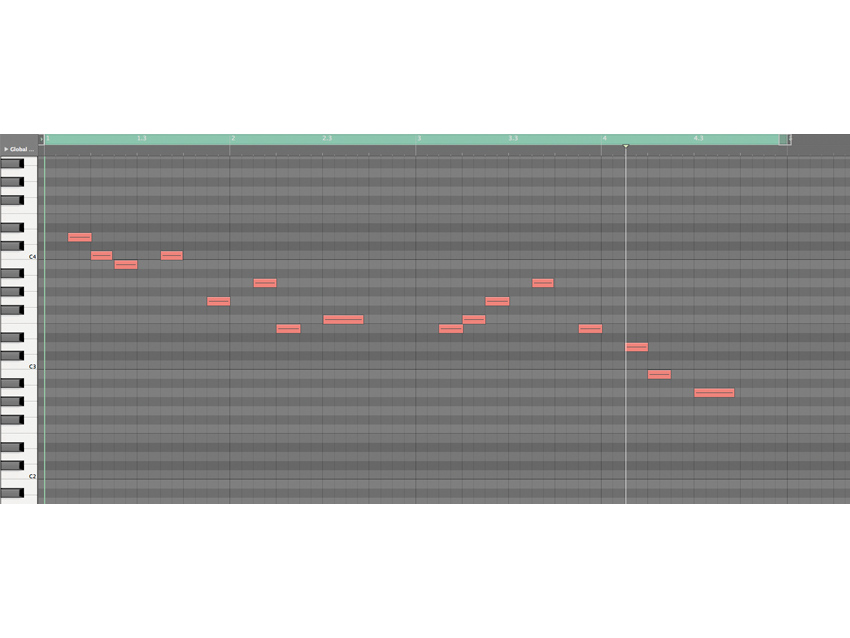
Mono lead notes
Step 2: The mono lead is a call-and-answer, and at the end of each two-bar phrase there is a slightly longer note than the rest of the phrase that allows the synth’s modulated wobble to ring out and fill out the compressed reverb. These notes were pretty much copied and pasted from the lo-fi part, but with the lower notes removed and the phrase’s end notes lengthened.
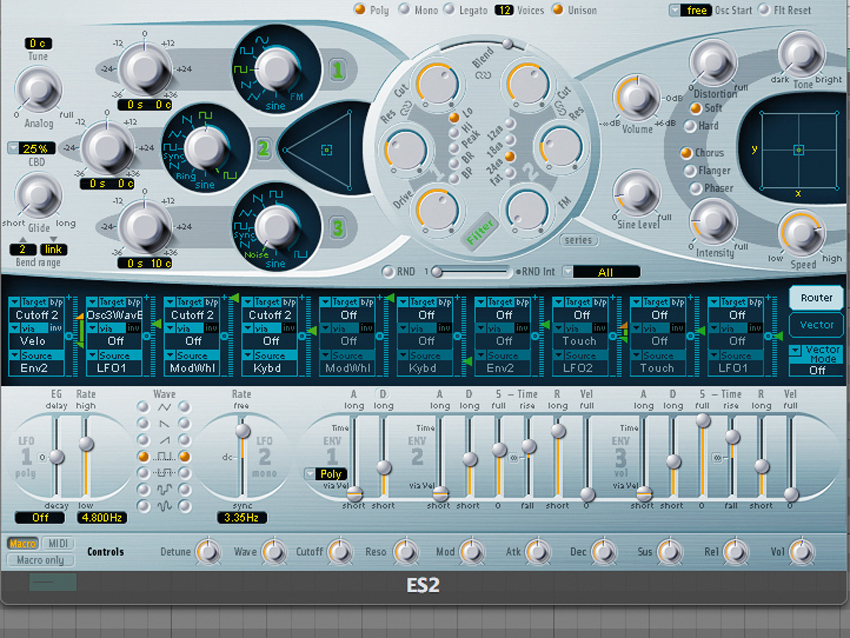
Lo-fi synth programming
Step 3: The ES2 synth fits the bill perfectly here. The fat square waves blended with a noise oscillator recreates that lo-fi Game Boy signature sound. The ES2 has warmth, fatness, and massive tweakability.
Don’t just use this example: tweak further to get your own Game Boy-style sound.
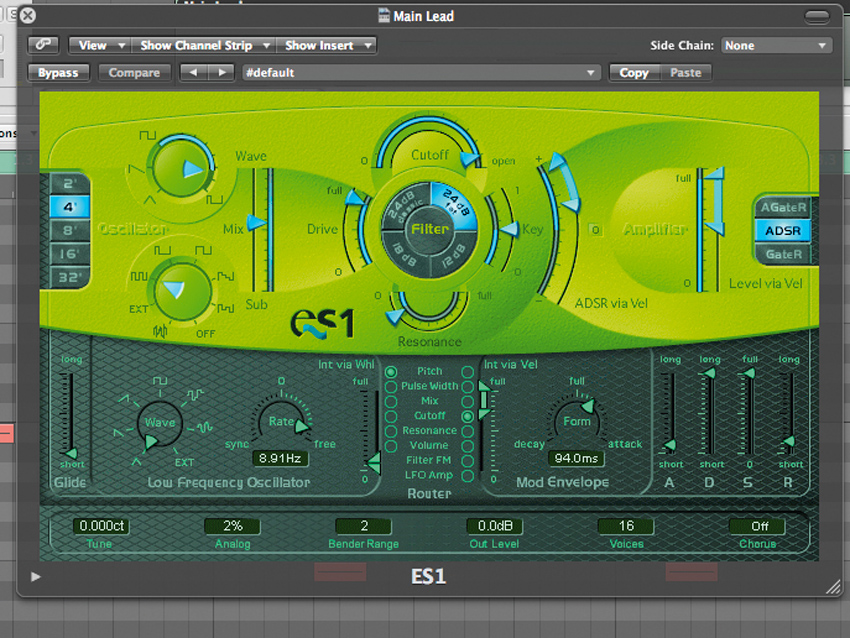
Mono lead programming
Step 4: For lead duties we have used the very capable ES1 synth. We’ve chosen the ES1 as the nasal pulse wave is perfect for cutting through the rolling beats and complementing the lo-fi ES2. On its own, it sounds pretty innocent, but add some plug-ins and the sound really opens out.
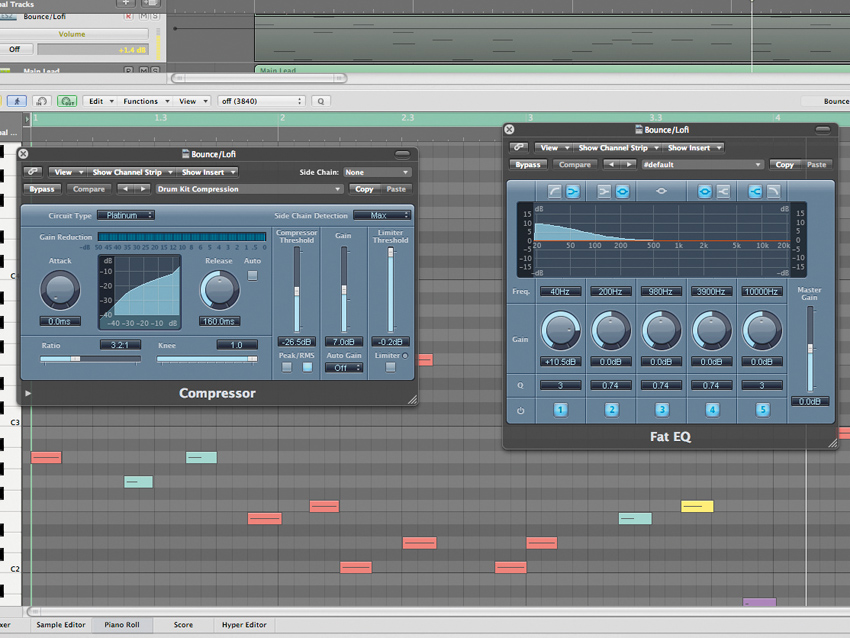
Lo-fi synth Post FX
Step 5: There are two main reasons why this synth patch has a lo-fi sound. The first one is that there is a lot of noise created by one of the oscillators, the other reason is that the sound is deliberately dry, which brings the sound to the front of the mix – the compressor brings the sound even nearer.
We used the compressor to fully bring out all the elements of the lo-fi sound. We really wanted to hear the ‘noise’ in the mix but wanted to blend and flatten the square wave components too.
The Fat EQ has been employed to round off and fill out the low end of the sound with +10dB at 20Hz sloping off to 500Hz.
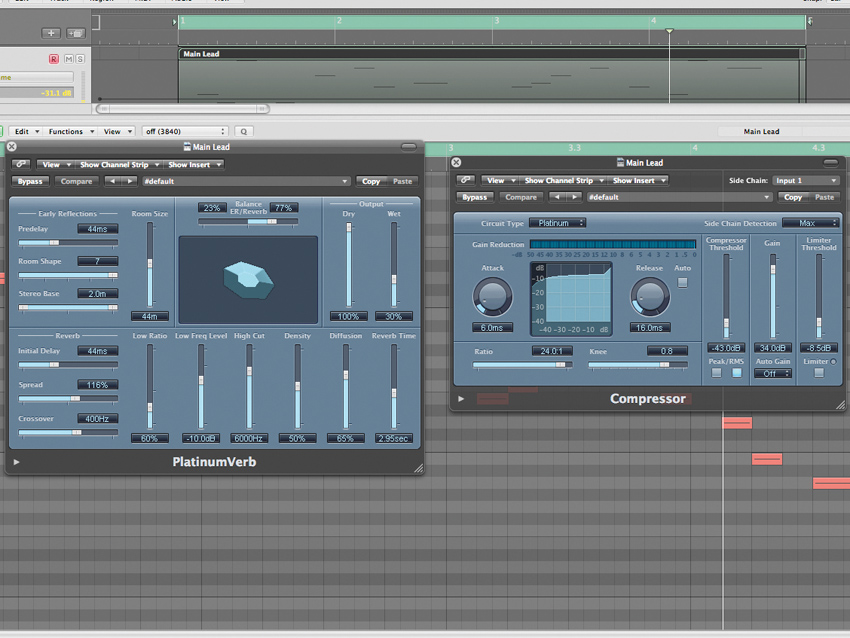
Mono lead Post FX
Step 6: During the creation of the lead synth sound in the video you’ll notice that the sound is dry. We did this to make sure the process was clear and exact, but it’s the reverb that really gives it life. The pre-delay gives the listener time to hear the note before the lush reverb wash comes in behind the note giving it that euphoric Ibiza hugeness.
The compressor squeezes the living daylight out of the synth and reverb combined. We’ve selected the kick drum as a sidechain to give the reverb that classic pumped vibe. Messing with the release, attack, ratio and knee, however, you get a variety of rhythmical changes which you can experiment with. The cross rhythms of the reverb pump really change the track’s rhythmic and dynamic feel.
Liked this? Now read: How to sound like a pro artist in your DAW
Future Music is the number one magazine for today's producers. Packed with technique and technology we'll help you make great new music. All-access artist interviews, in-depth gear reviews, essential production tutorials and much more. Every marvellous monthly edition features reliable reviews of the latest and greatest hardware and software technology and techniques, unparalleled advice, in-depth interviews, sensational free samples and so much more to improve the experience and outcome of your music-making.
